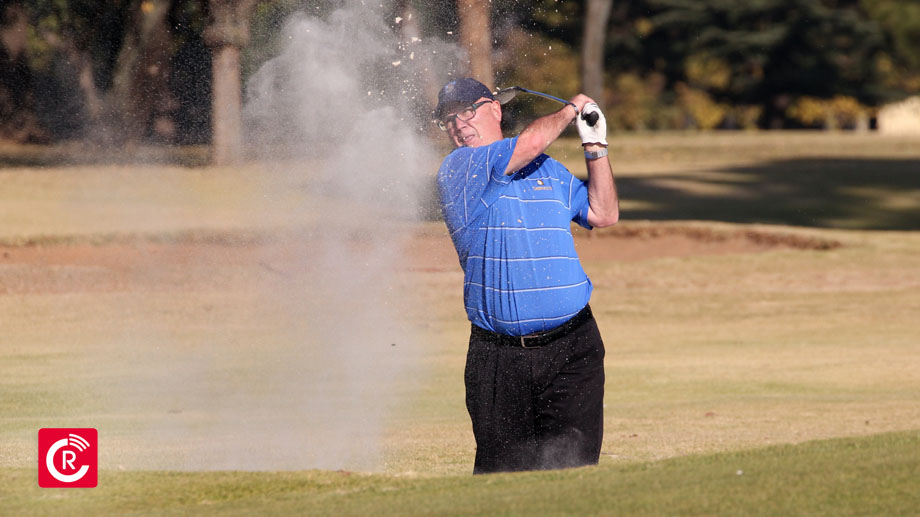
The power of the core breathing approach for golfers closely regulates the inner muscle action within your brain and body relationship for the golf swing. If you’re over 55 and utilizing the golf swing and the game of golf as an incentive to develop your workout program, there is a need to exercise every day to enhance your enjoyment and ability to play golf. Core breathing has to be the center area of growth within your exercises every day.
The older you get, the more focus daily ought to be on core breathing and how to utilize it within your regular movement because it is about breathing and engaging the core to set down or lift the smallest things. Core breathing exercise isn’t an hour a day but all day long to help keep atrophy at its low level and muscles in good tone give your actual age.
The Science of Breathing:
Breathing is automatic and following subconscious control; you are probably unaware of inhaling or exhaling when standing still. Breathing is one of the only parts of your autonomic nervous system that is consciously controlled.
That is important in golf because it can change your breathing if your body is under stress, like breath-holding inhale or exhale and breath stacking. Certain changes in the breathing pattern can change the flow of movement with your golf swing and putting.
Golf Swing and Breathing:
From both clinical and research, you need to activate the muscles for the activity you are doing. With your core muscles, most of the time should be relaxed and allow smooth movement without guarding. Your core muscles need to be strong enough with golf through the range to transfer force generated from the legs, and the torque of the golf swing through the upper limb.
That means you not be rigid and need to flow within the sequence. Practicing to breathe through your golf swings provides that and increases rotation, i.e., better force generation, wind up that crosses over into range.
Importance of Core Breathing for Golf:
Golf is a game of high technology equipment. Somebody overlook a key piece of equipment is the golfer’s body.
A golfer will reduce the risk of injury and always perform better when properly practiced. How efficient is your golf training workout?
Golf is a game that depends on the movement of the body to deliver power from the ground through the body core to the club and, finally, the ball. Golfers will find it surprising that the lower back is not intended for a lot of rotation. However, you’ll see many golf exercises that focus on flexibility and range of motion in the lower spine. The most effective training strategy is to build stability in the lower spine while optimizing mobility and power in the hips and upper, or spine, thoracic.
Low back injury or pain is often a result of movement limitations in the hips and upper spine. The lower spine is forced to move the golf swing once movement is limited in these regions. At best, the result is reduced distance, consistency in shots, accuracy, and, at worst, injury.
The benefits in strength, flexibility, and power are seen almost instantly. Core strength is essential for golf, and suspension training is vital for effective and fast core breathing performance. An effective approach is to train mobility in the hips and upper spine and stability in the lumbar spine.
The drive is the most intricate skill in all sports. A strong swing places a lot of force on the shoulders, knees, back, hips, elbows, and wrists. The lower back is often the place of acute and chronic injury for recreational golfers and can be a major problem for professional tour players.
One way to improve performance and reduce the risk of injury is “core” training. The easiest way to know your core is your body, excluding your arms and legs. Your core, from your hips to your shoulders, your power center, and your key to longevity and performance.
Before every golf swing, you should go through the following routine:
- Approximately ten feet behind the golf ball, position yourself at a comfortable distance.
- Look at your target line precisely and visualize the golf shot being executed correctly.
- Deep breath and hold it for two to three seconds, and then blow it out. Also, using your lips during the exhale will enable full exhalation.
- You can then address your golf ball in the accurate frame of mind after you have followed this basic routine.
- By using this routine, you are playing a small trick on the unconscious mind. Once the body is filled with tension and the breathing is full, letting you do your shot in the whole state of mind.
- Practicing deep, core breathing at the golf and golf course will promote excellent improvements in your golf game.
- Add the correct core breathing techniques to your golf game, and you will be sure to see big improvements in your breathing and performance.
The center’s energy or core breathing approach for golfers readily coordinates the frame courting and inner muscle movement in mind for the golf swing. If you’re over fifty-five, there is a need to work out every day and use the golfing swing and playing golf as an urge to increase your exercise form, so it complements your potential to play golf.
Core breathing ought to be the central location of development within your exercises day by day. In truth, the older you get, the more awareness and experience daily bases have to be to the respiratory, middle, and the way to use it within your daily movement for its approximately engaging the core and breath to set down or lift the smallest things.
Physical benefits:
- For those looking for exercise while having fun, golf might be the dream activity you were looking for.
- The average golfer walks approx 4 miles during 18 holes of golf. It is a great exercise as you go through the various terrains of the gold course.
- The average golfer burns about 1,400 calories walking 18 holes and approx 850 calories riding in the cart.
- Walking the golf course also helps improve cardiovascular functions, build muscle strength, and increase endurance, vital to your health as you age.
- Try walking nine holes if you’re not feeling up to the task and taking a golf cart on the back nine.
- The golf swing promotes core muscle strength along with walking and building lower body strength.
- The major muscle groups in the golf swing are the core region, and strengthening that area is a critical way to prevent lower back pain.
- Your swing motion can also build the muscles in your back, chest, buttocks, and forearms.
Final Words
The energy of the body core is the center point to give you strength and power for any physical activity. Core breathing is the start to reshape your decrease returned to your golf swing to affect your lower back issues. Shoulder displacement can be caused by the way you inhale for your chest to affect the shape of the shoulder throughout your golf swing. The range of movement is in the direct potential to loosen up muscle groups, and the force of exhaling is the first issue you may do to affect relaxation.





